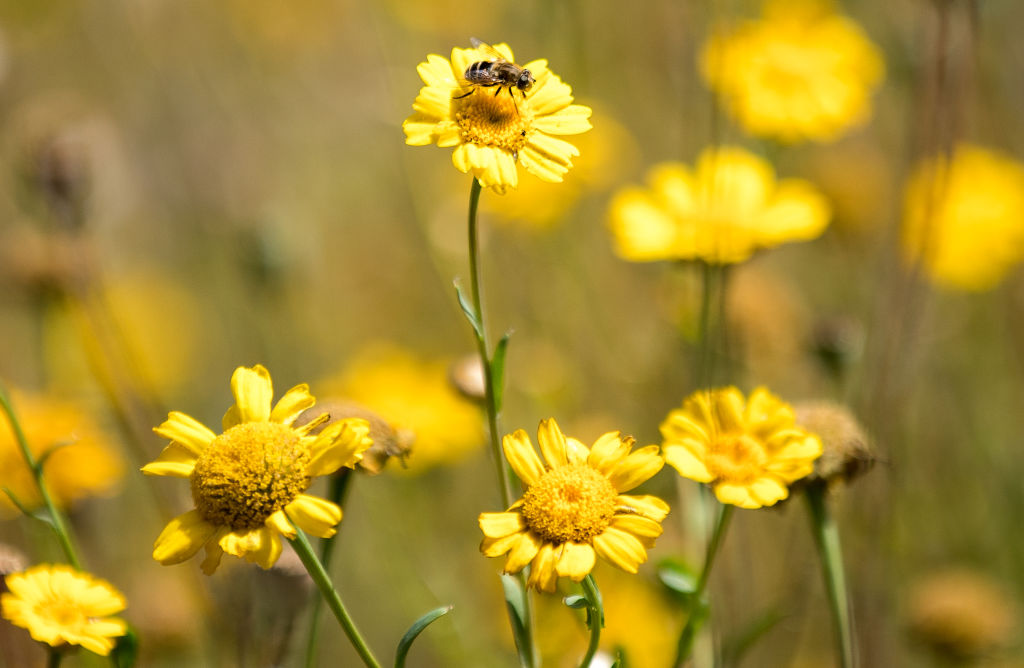Commercial rewilding: How businesses can make Britain beautiful again

We were all shocked by the weekend’s exploration of the crisis of biodiversity by David Attenborough. Everybody wants to do something, and we know that rewilding is one of the best ways to reverse biodiversity decline.
But when people hear the term rewilding they usually have an idea of golden eagles and wildcats being reintroduced to the UK. The word may even evoke fears about wild boar rampaging across the countryside.
This rewilding of large, charismatic animals is certainly happening. But it is mostly being driven by wealthy individuals using private land.
But there is also a commercial face to rewilding. Think of the patches of barren land around pylons or beside motorways that Britons travel past every day. Wasteland littered with cigarette stubs around substations or abandoned factories. Many British companies own tens of thousands of hectares of this type of non-operational land or so-called soft estate.
Bringing back biodiversity
Now imagine teams of ecologists working on this barren soil. They are digging ponds, planting hedgerows, reawakening dormant peat, stripping poisoned topsoil and sowing wildflowers, all to kickstart the land’s own ability to regenerate.
After this habitat establishment phase, the ecologists fence off the land. They introduce some hardy pigs to naturally manage the land by grazing and trampling. For the next 20 to 30 years the land is left untouched. Meanwhile ecologists use traps and microphones to measure how the sounds of insects and birds are increasing.
Soon the land is bursting with insect and invertebrate life, and starts producing the natural capital so vital to our survival: clean air, healthy soil, clean water running off the land, flood protection, and the added benefit of the beauty of nature. The land also becomes able to lock away carbon dioxide.

How would commercial rewilding work?
This is not really happening yet, but it soon will. There are privately-owned, non-commercial sites that have carried out this type of pure rewilding, most famously the Knepp estate in Sussex. But commercial rewilding for corporates has not yet taken off either in Britain or abroad.
But there is a real opportunity for this to change thanks to a combination of Brexit, the proposed new Environmental Land Management (ELM) scheme and the Environment Bill.
Brexit means farmers will no longer have EU subsidies. They will be looking for alternative sources of revenue. ELM is focused on “public money for public goods”, and it will enable farmers to generate income by rewilding their less productive land.
And under the Environment Bill, which will be law by December, anyone constructing buildings or infrastructure will be required to leave their sites 10 per cent better off in terms of biodiversity than they were before the works started. This is a massive leap from the current situation, where developers only have to “mitigate” the impact of their building.
This 10 per cent biodiversity net gain requirement is almost impossible to deliver on site. Typically, a new-build development takes up 80 per cent of the land, so it simply can not make the site 10 per cent richer in habitats and species. Developers will therefore have to pay to offset their impact on biodiversity.
They could of course pay the money to a reforestation or water project on another continent. But the Defra biodiversity metric currently in use means developers are penalised if the location of their offsetting is too far away from the source of the impact. And there is a lot of rewilding that needs doing in Britain.
If developers with biodiversity impact to offset could pay local farmers to use their unproductive land for rewilding projects, this would be a highly beneficial match. With some notable exceptions, farmers are cautious about rewilding. Many fear someone is going to put lots of fences on fields that they need. But hopefully over the next few years we will start to see developers paying for rewilding by helping farmers make the money they need to replace lost subsidies.
If companies with dead land could also start to rewild it to offset their own biodiversity impact, in 10 years’ time we could see a Britain where land is becoming healthy again. The more areas become rewilded, the more they can be joined up to create a patchwork network of corridors, helping wildlife travel and rejuvenate. Britain could build a new green industry, a rewilding industry.
If we do this right, the rewilding of Britain could be seen by future generations as a milestone comparable to the creation of the National Trust or the post-war advent of listed buildings – the time when we slammed on the brakes and started to turn around the twin juggernauts of climate change and biodiversity loss.
Jon Davies is an ecologist and the head of RSK Wilding.